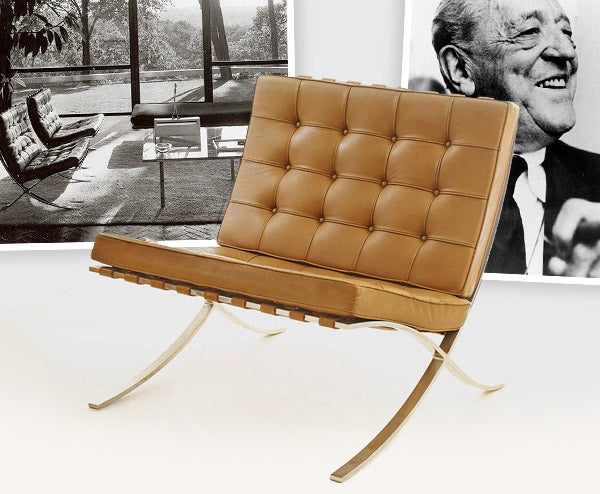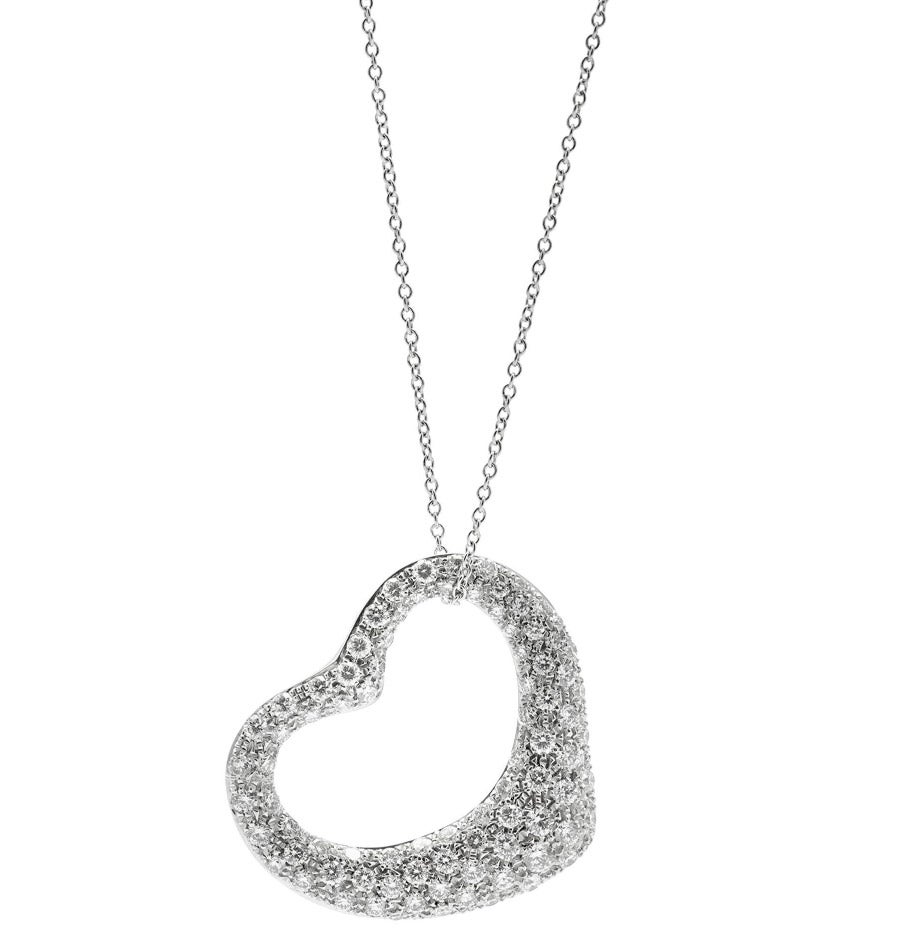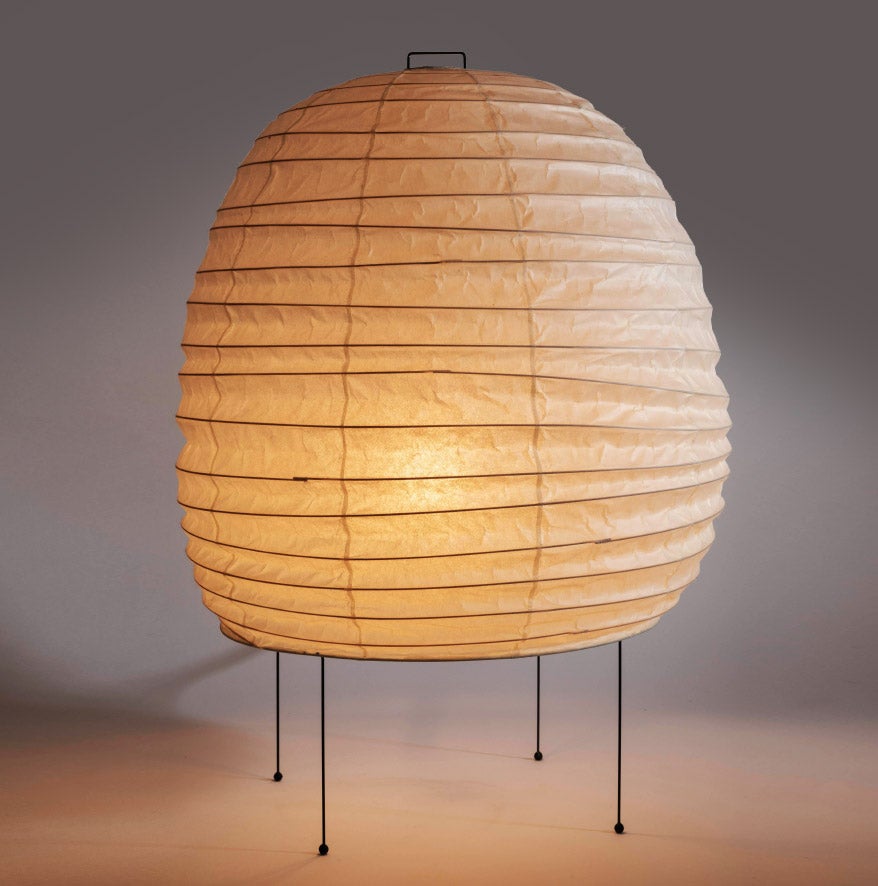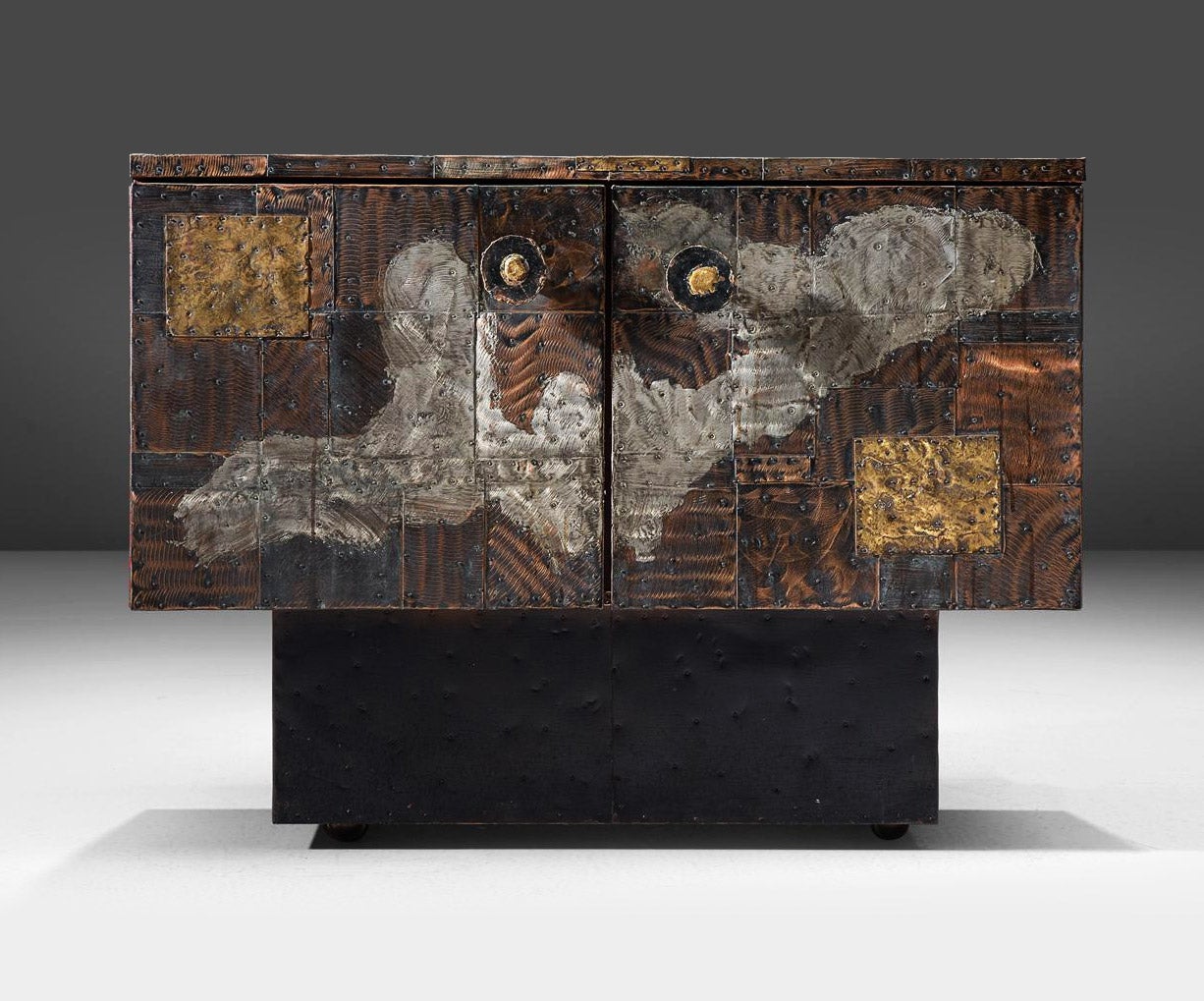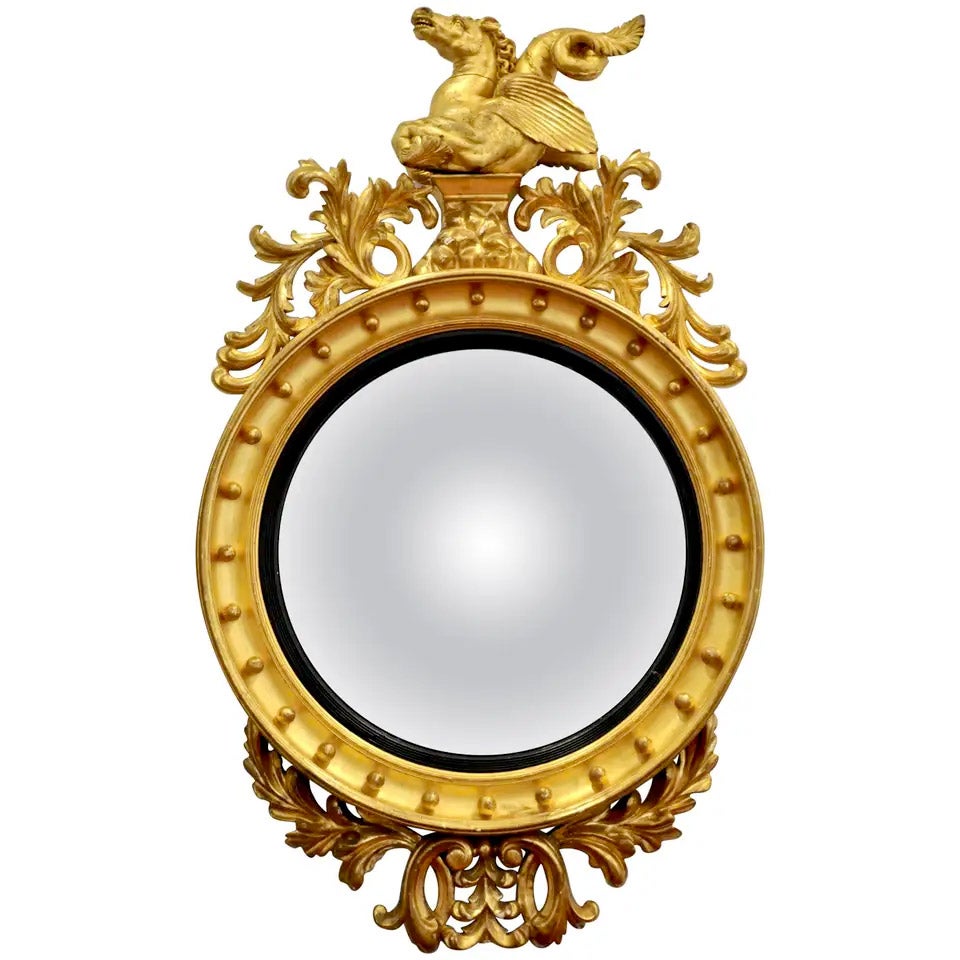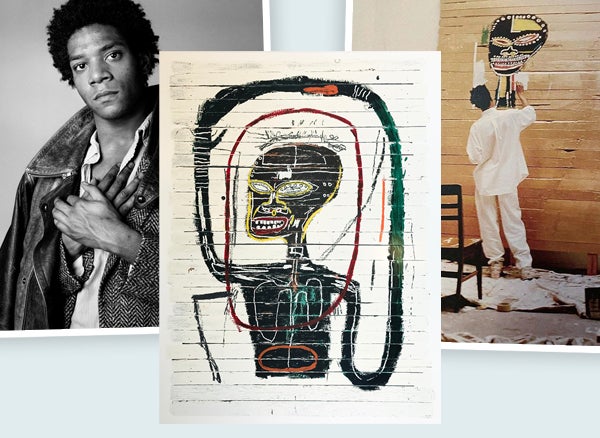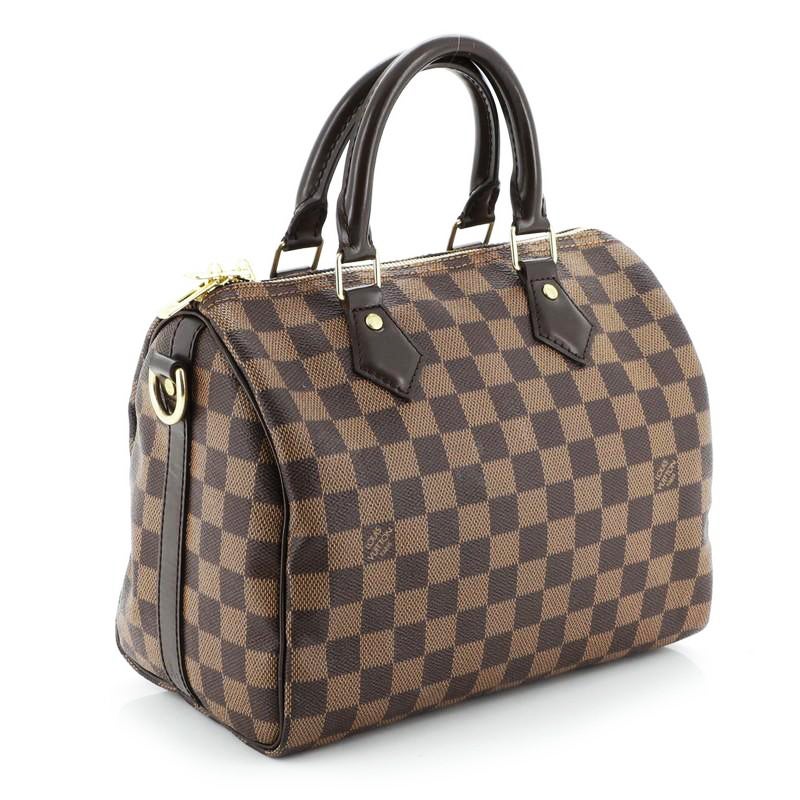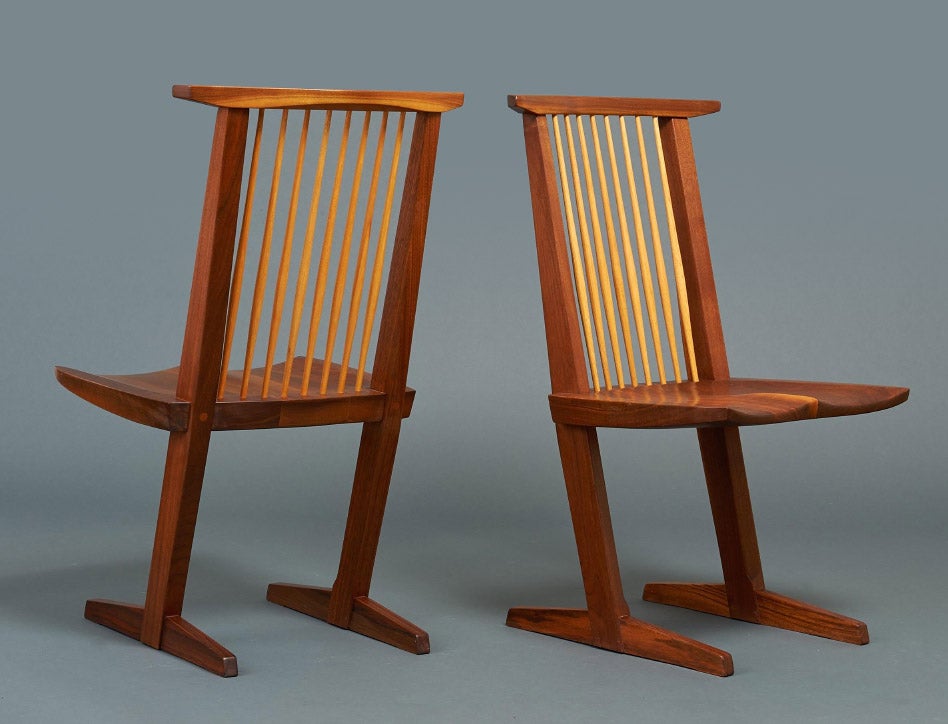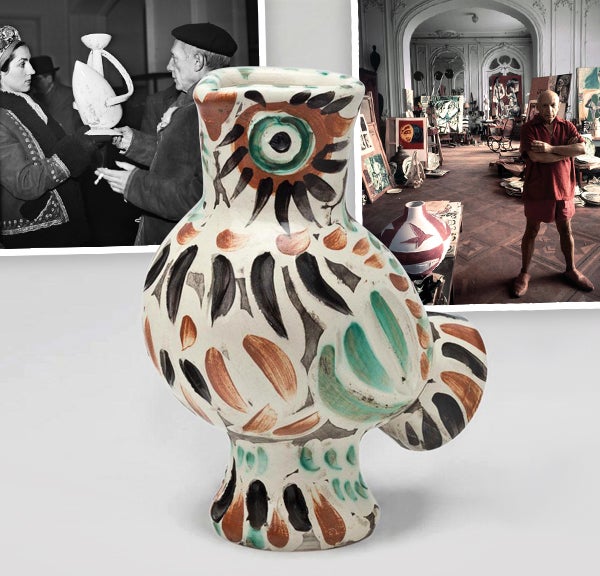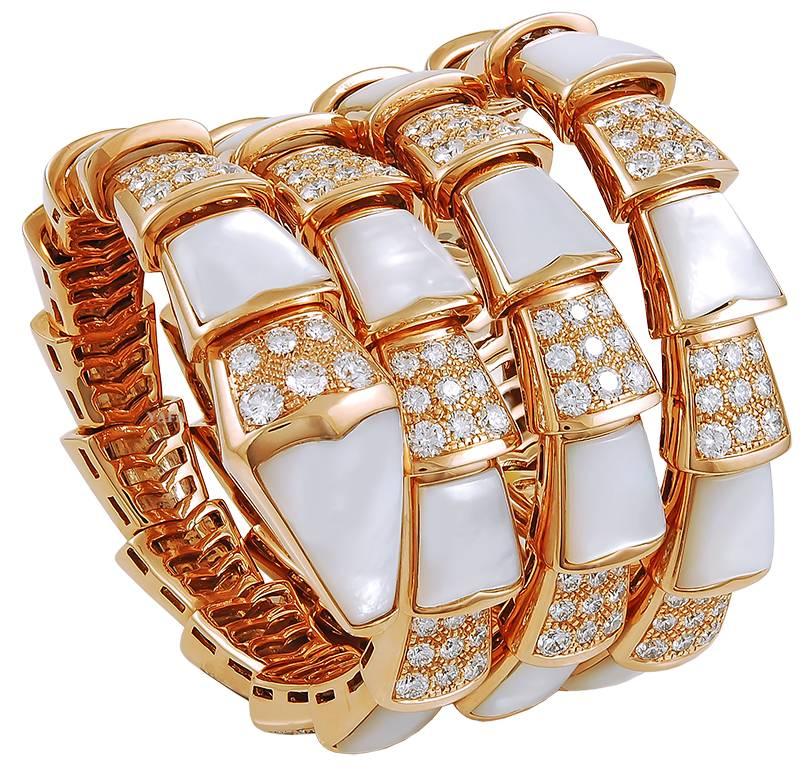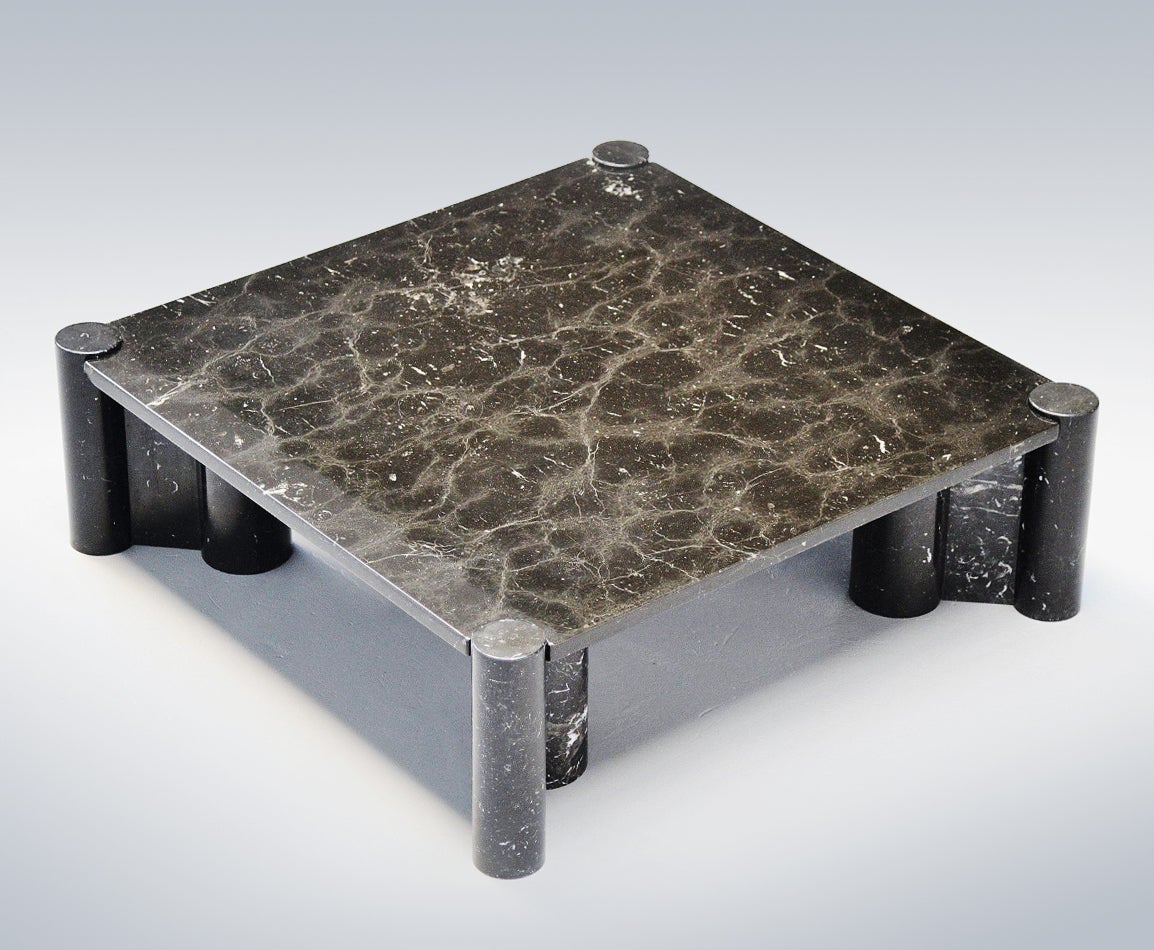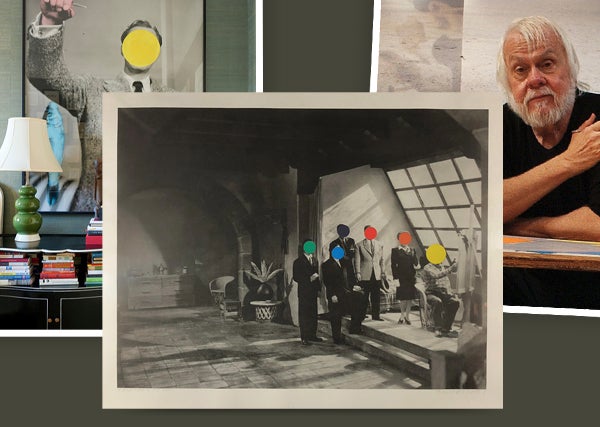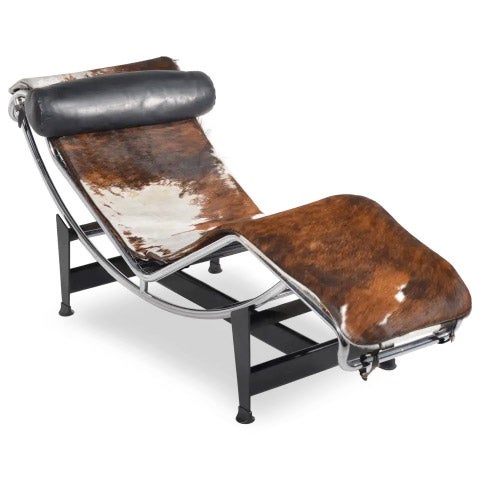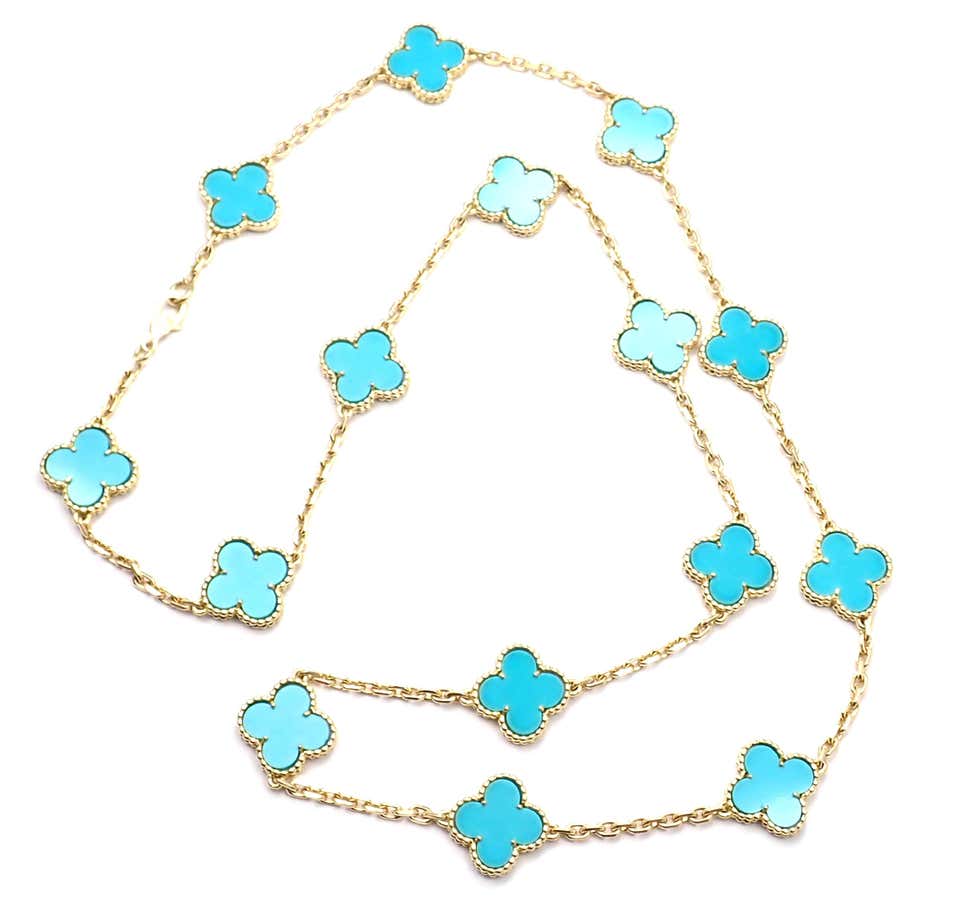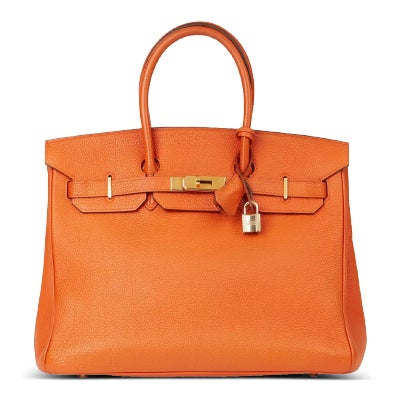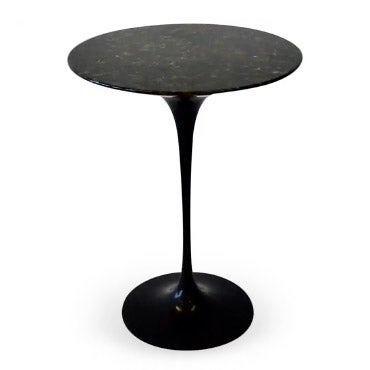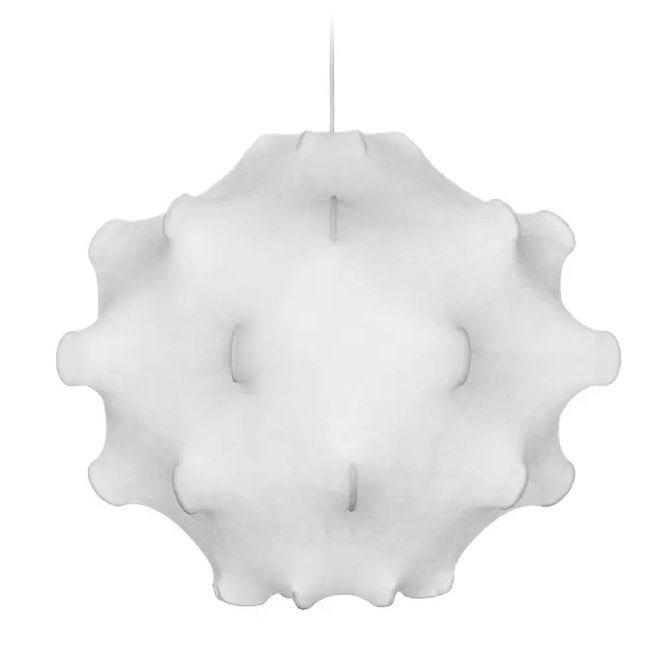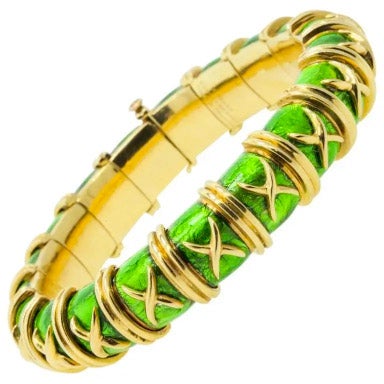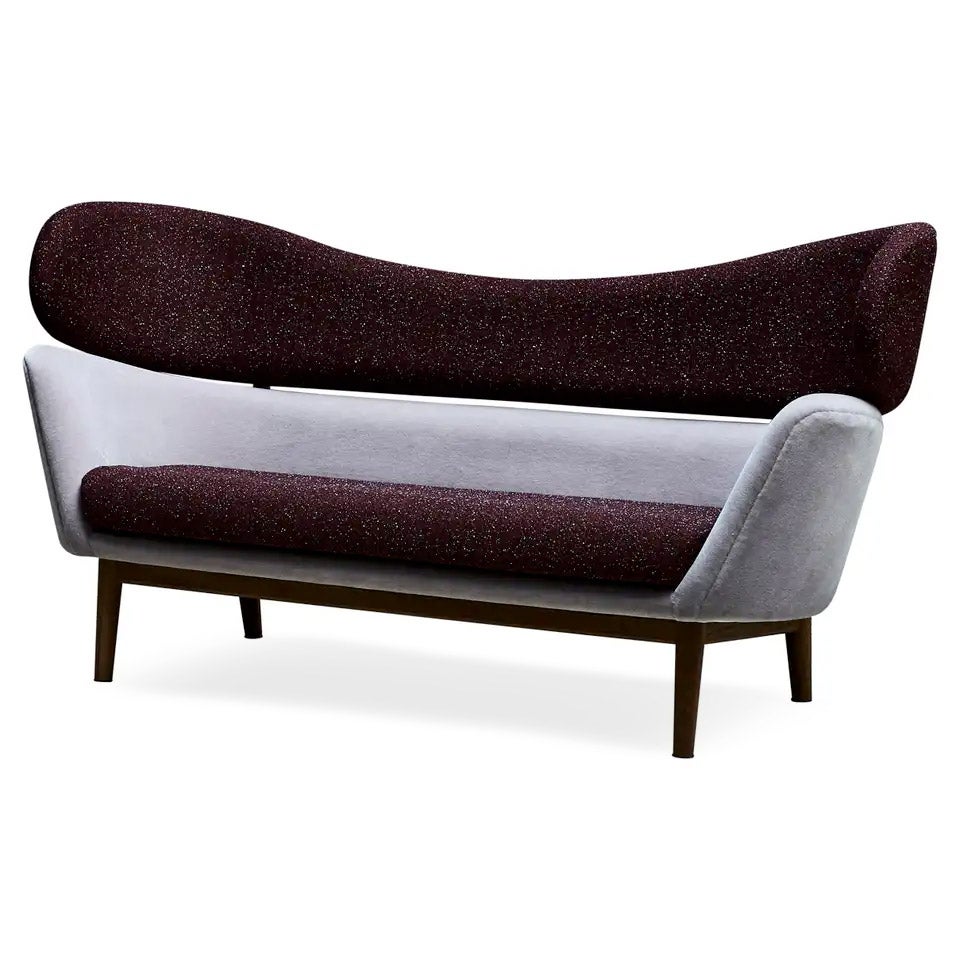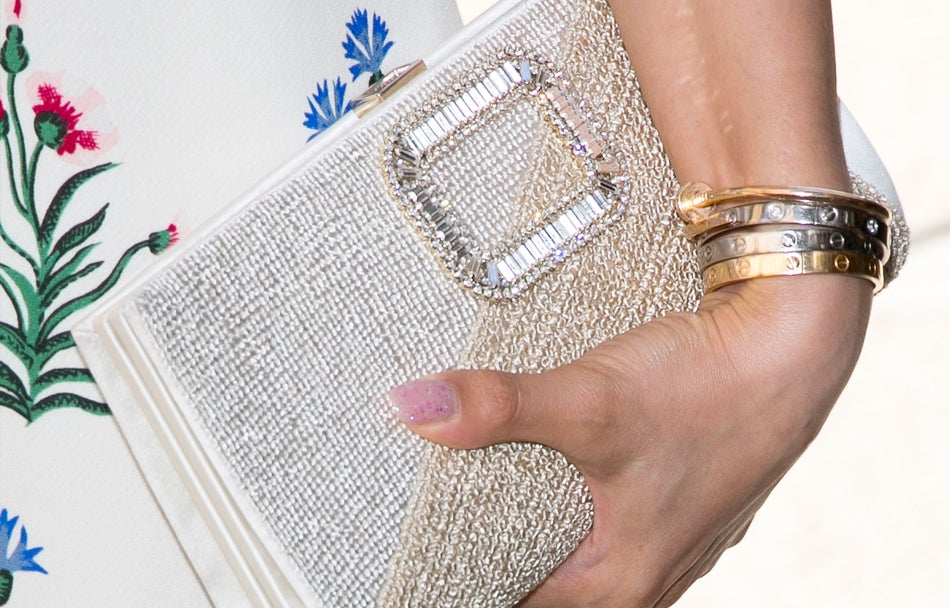THE MOST
BEAUTIFUL THINGS
Some pieces need no introduction. They stand out for their provenance, their pedigree and their place in the design pantheon. We think of them as The Greats, ones for the ages. As your gateway to the most beautiful things on Earth, we’ve curated an irresistible collection of iconic pieces for you to explore, shop — and cherish forever.
Ludwig Mies van der Rohe
Upon learning Alfonso XIII would be visiting the German Pavilion at the 1929 International Exposition in Barcelona, Mies pronounced that the monarch "couldn't just use a kitchen chair." With that in mind, he designed this X-shaped, cantilevered chrome-and-leather structure, an artful reimagination of the folding stools used by ancient Egyptian aristocrats.
Ludwig Mies van der Rohe
Upon learning Alfonso XIII would be visiting the German Pavilion at the 1929 International Exposition in Barcelona, Mies pronounced that the monarch "couldn't just use a kitchen chair." With that in mind, he designed this X-shaped, cantilevered chrome-and-leather structure, an artful reimagination of the folding stools used by ancient Egyptian aristocrats.
Cartier
It seems ironic that one of the most elegant timepieces ever created was conjured on the battlefields of World War I. In his design, Louis Cartier, grandson of founder Louis-François Cartier, sought to mimic the overhead view of the formidable Renault FT-17 tank. True to its military heritage, the watch is spare and utilitarian.
Cartier
It seems ironic that one of the most elegant timepieces ever created was conjured on the battlefields of World War I. In his design, Louis Cartier, grandson of founder Louis-François Cartier, sought to mimic the overhead view of the formidable Renault FT-17 tank. True to its military heritage, the watch is spare and utilitarian.
Jean-Michel Basquiat
This 2016 hand-numbered print is from a limited-edition reproduction of Jean-Michel Basquiat’s 1984 masterpiece Flexible. The original was made from wooden fence rails the artist took from his patio in Venice, California, exemplifying of the way he repurposed discarded objects for museum-quality work. The use of this "debris" allows the viewer to consider the piece organically, detached from any cultural or historical conceptions of high art. Unlike the black male figures so often seen in his work, this one appears otherworldy and informed by Basquiat's fascination with Afro-Caribbean images of divinity and power.
Jean-Michel Basquiat
This 2016 hand-numbered print is from a limited-edition reproduction of Jean-Michel Basquiat’s 1984 masterpiece Flexible. The original was made from wooden fence rails the artist took from his patio in Venice, California, exemplifying of the way he repurposed discarded objects for museum-quality work. The use of this "debris" allows the viewer to consider the piece organically, detached from any cultural or historical conceptions of high art. Unlike the black male figures so often seen in his work, this one appears otherworldy and informed by Basquiat's fascination with Afro-Caribbean images of divinity and power.
Poul Henningsen
Since its 1958 debut, Henningsen’s iconic fixture has forever changed the lighting landscape. At a time when function took precedence over form, the Danish architect set out to conceive of a lamp that would remain beautiful when it was extinguished. His opportunity came when he was tasked with producing lights for a Copenhagen restaurant. His sculptural solution was composed of 72 copper leaves, painted in a soft pink color, that would obscure the lightbulb while bathing patrons in a warm glow.
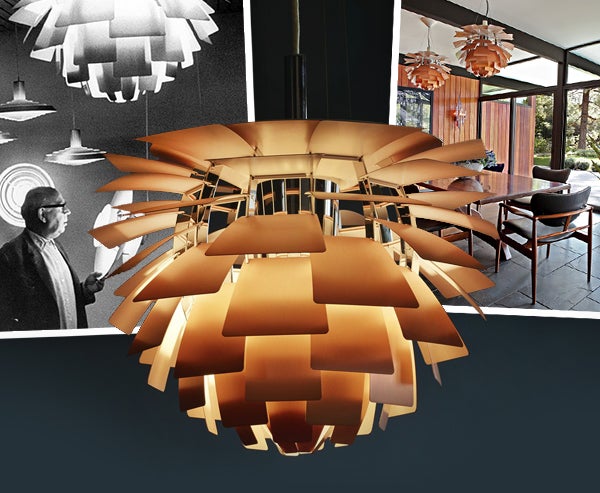
Poul Henningsen
Since its 1958 debut, Henningsen’s iconic fixture has forever changed the lighting landscape. At a time when function took precedence over form, the Danish architect set out to conceive of a lamp that would remain beautiful when it was extinguished. His opportunity came when he was tasked with producing lights for a Copenhagen restaurant. His sculptural solution was composed of 72 copper leaves, painted in a soft pink color, that would obscure the lightbulb while bathing patrons in a warm glow.
Pablo Picasso
It seems improbable that Picasso would ever tire of painting, but the Spanish artist gravitated to clay in his later years. His first foray into this craft was a study in utilitarianism, as he concentrated mainly on simple objects such as plates and bowls. He gradually became more ambitious, crafting pitchers and vases with handles modeled after the facial or anatomical parts of animals. Picasso was greatly amused by the playful quality of these ceramics and would often gift them to family and friends.
Pablo Picasso
It seems improbable that Picasso would ever tire of painting, but the Spanish artist gravitated to clay in his later years. His first foray into this craft was a study in utilitarianism, as he concentrated mainly on simple objects such as plates and bowls. He gradually became more ambitious, crafting pitchers and vases with handles modeled after the facial or anatomical parts of animals. Picasso was greatly amused by the playful quality of these ceramics and would often gift them to family and friends.
John Baldessari
A pioneer in the world of conceptual art, Baldessari had a relatively novel way of directing the viewer’s perception of his images. He selected black-and-white photographs of ordinary civic gatherings and affixed colorful price stickers to the faces of the individuals pictured. In doing so, Baldessari trained the eye to look away from the people and the minutiae of daily life to focus on the significance behind the events portrayed.
John Baldessari
A pioneer in the world of conceptual art, Baldessari had a relatively novel way of directing the viewer’s perception of his images. He selected black-and-white photographs of ordinary civic gatherings and affixed colorful price stickers to the faces of the individuals pictured. In doing so, Baldessari trained the eye to look away from the people and the minutiae of daily life to focus on the significance behind the events portrayed.
EXPLORE MORE
Of the million-plus items on 1stdibs, some seem to have transcended time, looking as fresh today as when they were first produced. The pieces highlighted on our new Iconic Designs page stand out for longevity, functionality and quality of design and manufacture — just the tonic for the present unsettled moment.
